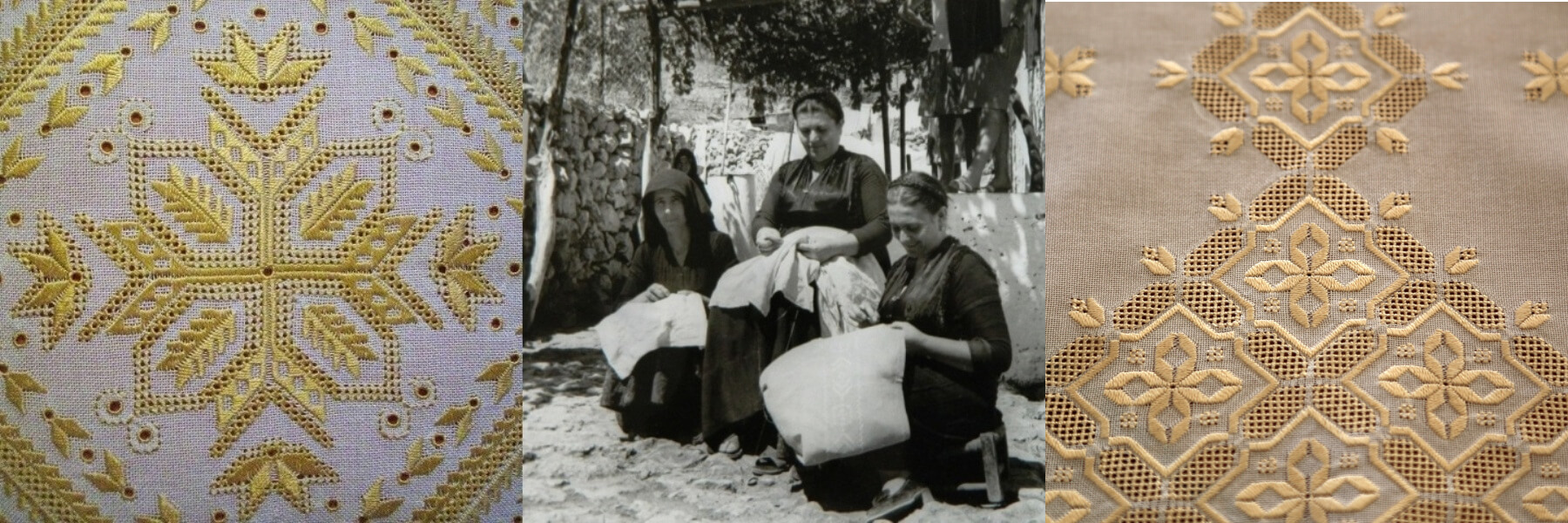How to come to the island
The coasts of Lefkada lie in close proximity to the Greek mainland. A floating bridge–20 m in length–connects Lefkada to the mainland, but turns sideways every hour for 5-10 minutes, thus allowing for the passage of small ships. Lefkada town is situated on the north coast of the island, approximately 20 minutes by car from Aktion National Airport. Lefkada Island has a distinct charm and an easy, not expensive life.
Access and communications with the rest of Greece are never cut off. You can reach Lefkada by car or public transport, airplane or a boat through Kefalonia and Ithaka.
History
Lefkada is the fourth largest Ionian Greek island in terms of land and population. Lefkada took its name from Cape Lefkata or Kavos of Kera, situated at the southern end of the island. A local legend claims the ancient Greek female poet Sappho committed suicide by jumping from the cape’s high rocks to heal her wounds from her love for Faonos. Near this area is a temple dedicated to the God Apollon.
Centuries ago Lefkada Island was called Agia Mavra, named after the castle of Agia Mavra. For many years the island’s main city of Lefkada stood around this castle, but the Venetians later transferred it to its present location.
The German archaeologist Wilhelm Dörpfeld conducted excavations at various ancient sites around Lefkada. Citing his Bronze Age discoveries, Dorpfeld suggested that Lefkada was Homer’s Ithaca and the palace of Odysseus (Ulysses) was located west of Nidri on Lefkada’s south coast.
Culture
Lefkada, rich in culture, with lots of traditions and customs which root back to a history of hundrends of years. The ‘karsanic’ embroidery and weaving, is one of the most important characteristics of the local culture, an art carried on through time among the women of the island, especially in the area of Karya.
The International Folc Festival takes place every summer on the island since 1962, featuring traditional dance and music shows from countries all around the world. The fests of Literature and Art, first organised in 1955 in Lefkas, and carried on ever since, is another important cultural event recognised, respected and loved all around Greece.
Lefkas is considered to be the home of poets, and artists in general. It has given birth to two of the most famous Greek poets, Aristoteles Valaoritis, whose home is situated onthe picturesque island of Madouri, and Angelos Sikelianos (Angel Sicelian) inspirer of the Delphic Ideal.

Drymonas
Drymonas is a small traditional village in Lefkas, where the stone houses have been built in local architectural style and one can find narrow, paved hill paths on which to wander. Drymonas lies on a slope, protected from the winter wind, with a magnificent view of the Ionian Sea and spectacular sunsets that will please any traveler. This traditional village has a rich vegetation (including wild trees called “koutsoupies,” “pournaria” and cypresses) that helps the microclimate of the place to remain cool and dry during the summer months. The distance from the well known beaches of “Kathisma” and “Agios Nikitas” is only 7 km.
